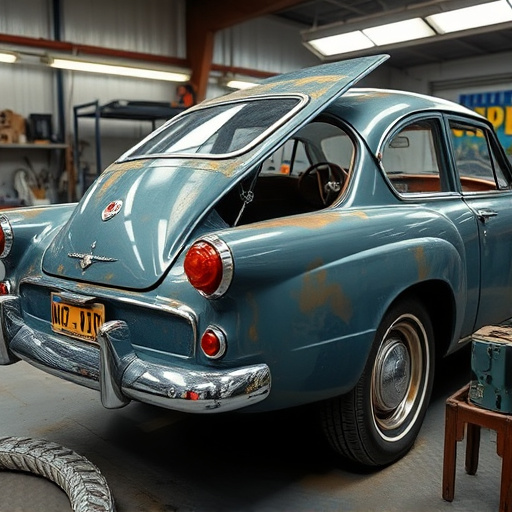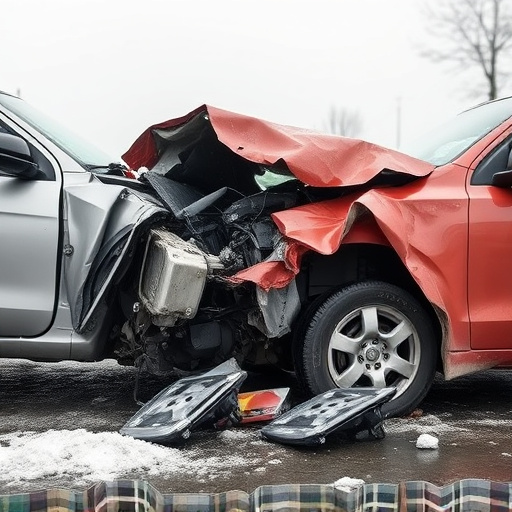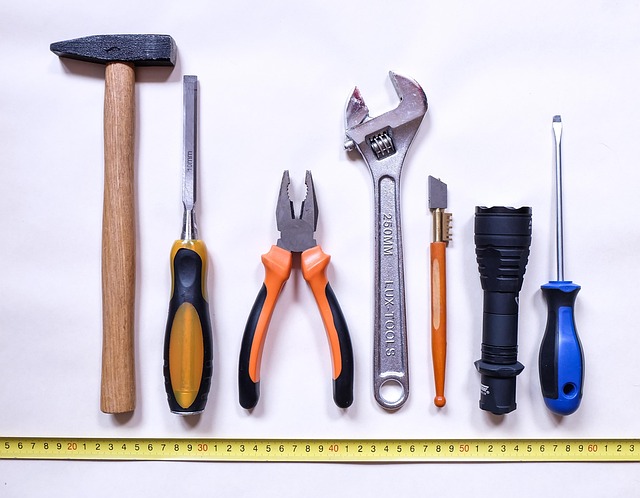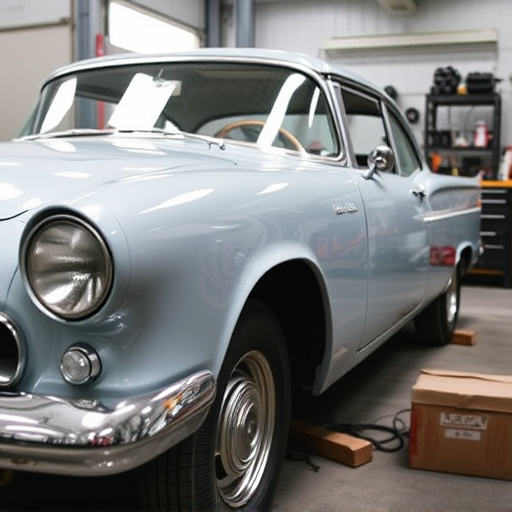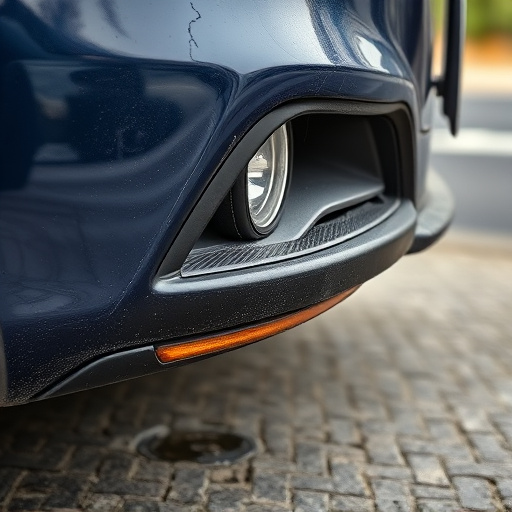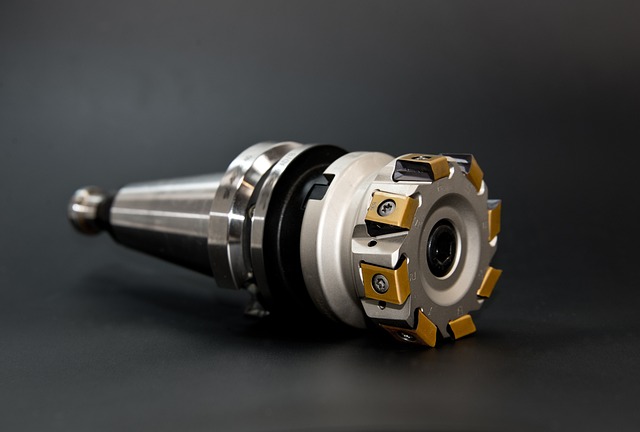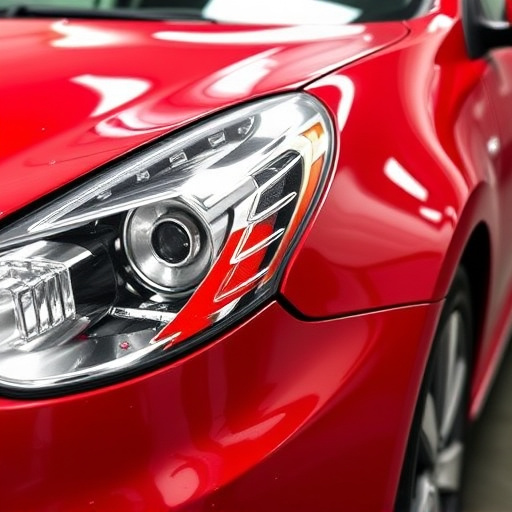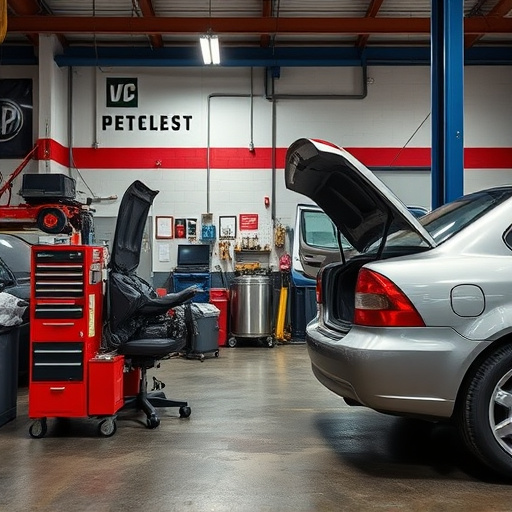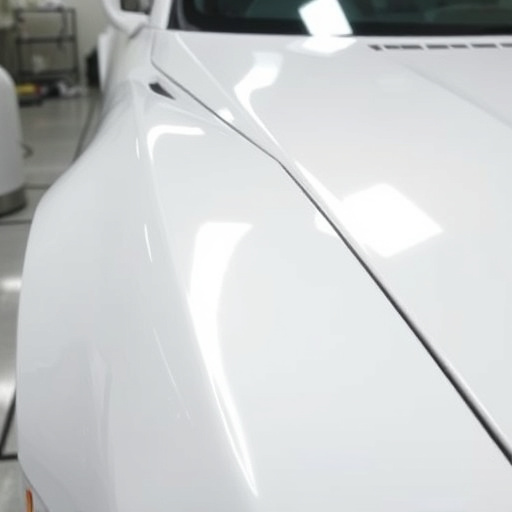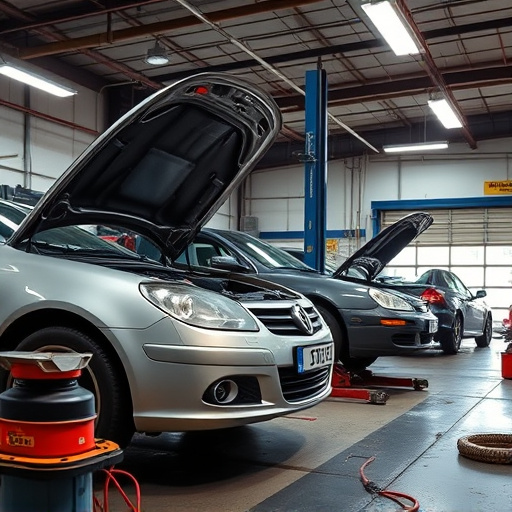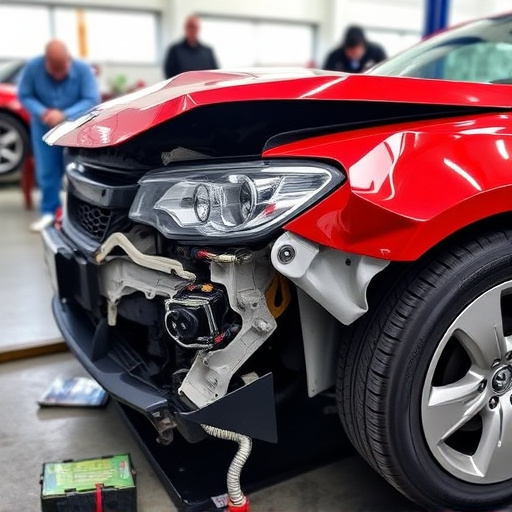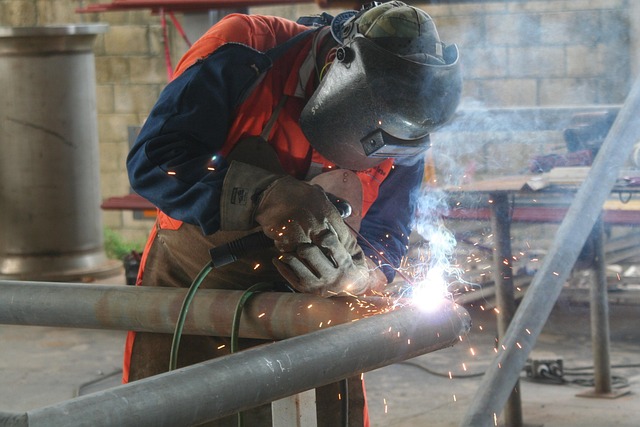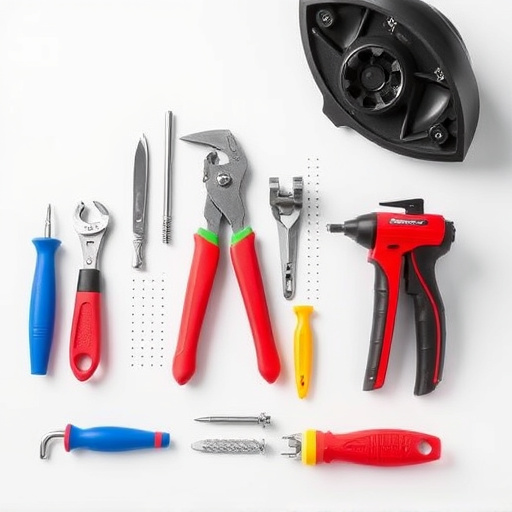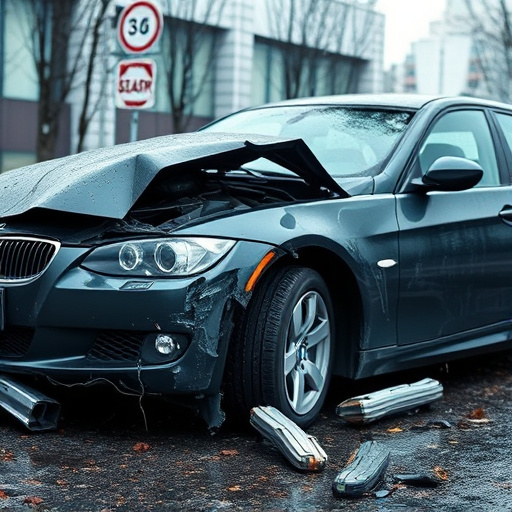Preferred Damage Repair (PDR) is a leading method in the automotive industry for its high-quality and sustainable repairs, preserving vehicle value especially for luxury brands like Mercedes Benz. Adhering to strict PDR quality standards minimizes body panel replacement, reduces costs and environmental impact, while ensuring efficient repairs meeting manufacturer specs. Insurance companies favor PDR for excellence, sustainability, and cost-effectiveness in collision damage repair, particularly for hail damage, streamlining processes and benefiting all parties involved. PDR's cost-efficiency, high-quality, and non-intrusive nature makes it an appealing option for insurers and policyholders seeking swift body repairs with minimal downtime.
Insurance companies increasingly favor PDR (Preferred Damage Repair) with quality standards for efficient and effective claims processing. This approach streamlines the repair process, ensuring consistent and high-quality outcomes. By implementing standardized procedures, insurance providers can mitigate risks, reduce costs, and enhance customer satisfaction. Understanding PDR and its underlying quality standards is key to appreciating why this method has become a game-changer in the industry.
- Understanding PDR: A Preferred Damage Repair Approach
- The Role of Quality Standards in Insurance Claims
- Advantages: Why Insurers Favor PDR with Standards
Understanding PDR: A Preferred Damage Repair Approach
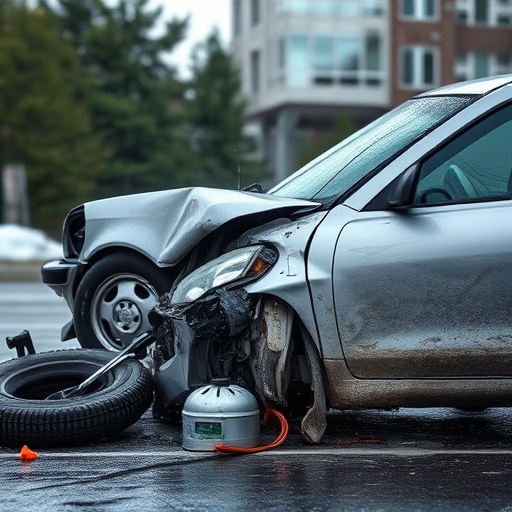
Preferred Damage Repair (PDR) is a highly regarded approach in the automotive industry, particularly among insurance companies, for its ability to ensure top-quality repairs. This method focuses on preserving the original integrity and value of vehicles, especially high-end brands like Mercedes Benz. By adhering to strict PDR quality standards, repair facilities can deliver meticulous work that meets or exceeds manufacturer specifications.
In a process that encompasses various aspects, from precision alignment to advanced paint techniques, PDR involves minimal body panel replacement. This not only reduces the cost of repairs but also minimizes the environmental impact associated with disposal and recycling of vehicle parts. As such, insurance companies increasingly favor PDR for its efficiency, sustainability, and commitment to maintaining the excellence of vehicles, including those undergoing collision damage repair or tire services.
The Role of Quality Standards in Insurance Claims
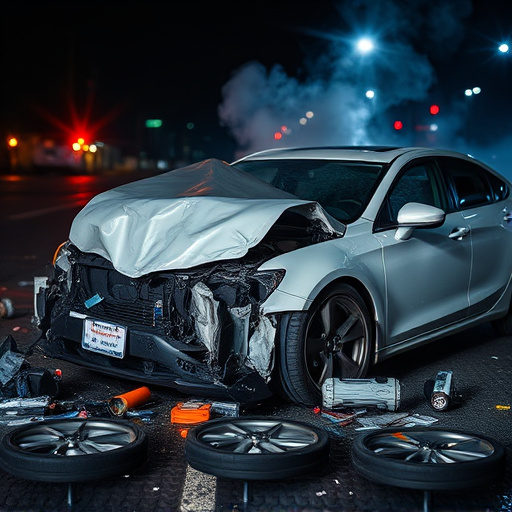
In the realm of insurance claims, particularly for car bodywork services and hail damage repair, establishing consistent quality standards is paramount. PDR (Paintless Dent Repair) quality standards play a pivotal role in ensuring that repairs are not only aesthetically pleasing but also structurally sound. These standards serve as a guiding framework for car body shops, promoting uniform practices that guarantee the highest level of craftsmanship.
By adhering to PDR quality standards, insurance companies can streamline their claims processes and reduce costs associated with repetitive or subpar repairs. Moreover, these standards foster customer satisfaction by delivering consistent, high-quality car body shop services. This, in turn, strengthens the relationship between insurance providers, repair facilities, and policyholders, creating a harmonious ecosystem that prioritizes both efficiency and excellence in hail damage repair.
Advantages: Why Insurers Favor PDR with Standards
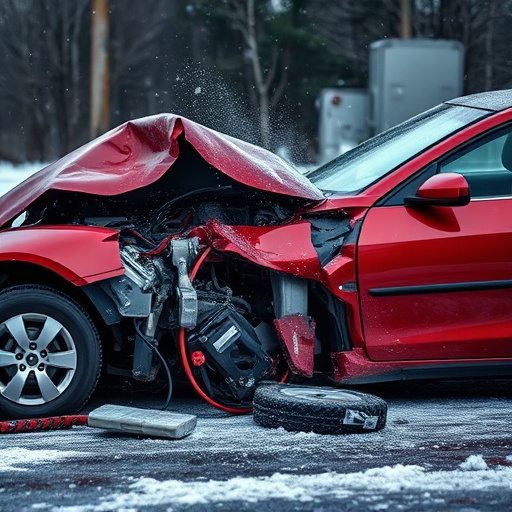
Insurance companies increasingly favor PDR (Paintless Dent Repair) with quality standards for several compelling reasons. Firstly, PDR offers a cost-effective solution for both insurers and policyholders when it comes to minor vehicle damage, such as car scratches or dents. By promoting this method, insurers can reduce claims costs associated with traditional collision center repairs, which often involve more extensive and expensive procedures.
Secondly, PDR with standards ensures consistent and high-quality repairs, maintaining the vehicle’s original finish and aesthetics. This not only conserves resources but also preserves the car’s resale value, which is a significant concern for both insurers and policyholders. Moreover, the non-intrusive nature of PDR minimizes downtime and potential hidden costs, making it a more transparent and appealing option for consumers looking to get their vehicle body repair done swiftly and efficiently.
Insurers increasingly prefer PDR (Preferred Damage Repair) with quality standards due to its ability to streamline claims processing, ensure consistent repair quality, and reduce overall costs. By adopting these standards, insurance companies can facilitate efficient, accurate, and cost-effective damage repairs, ultimately enhancing customer satisfaction and fostering a more robust claims management system. PDR quality standards have become an indispensable tool in simplifying the complex landscape of insurance claims.
